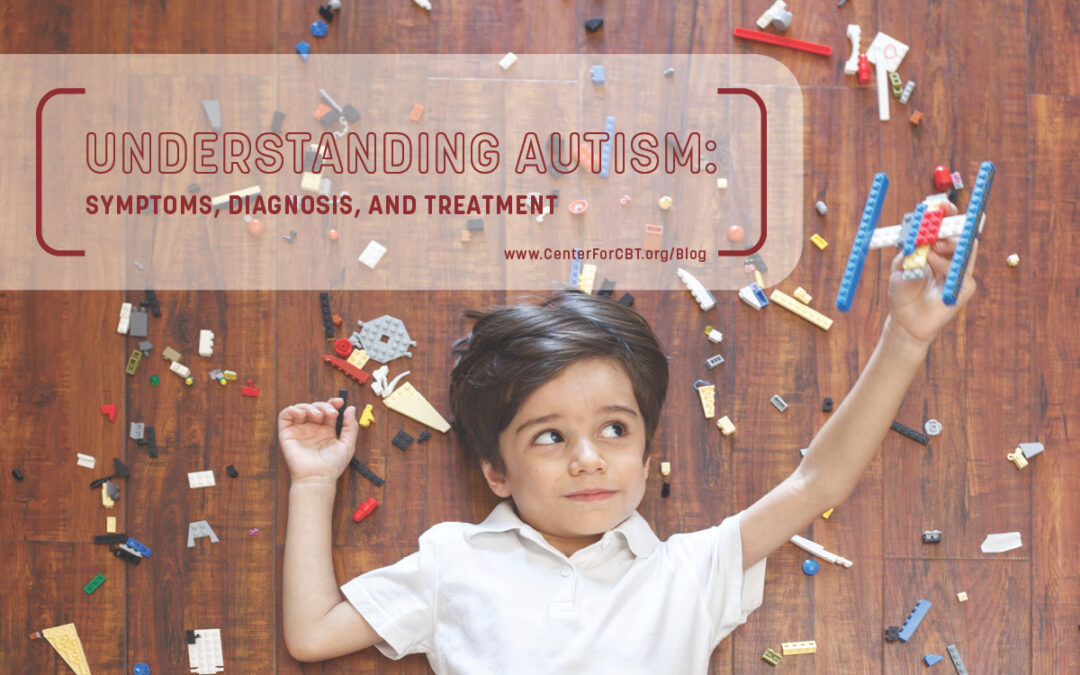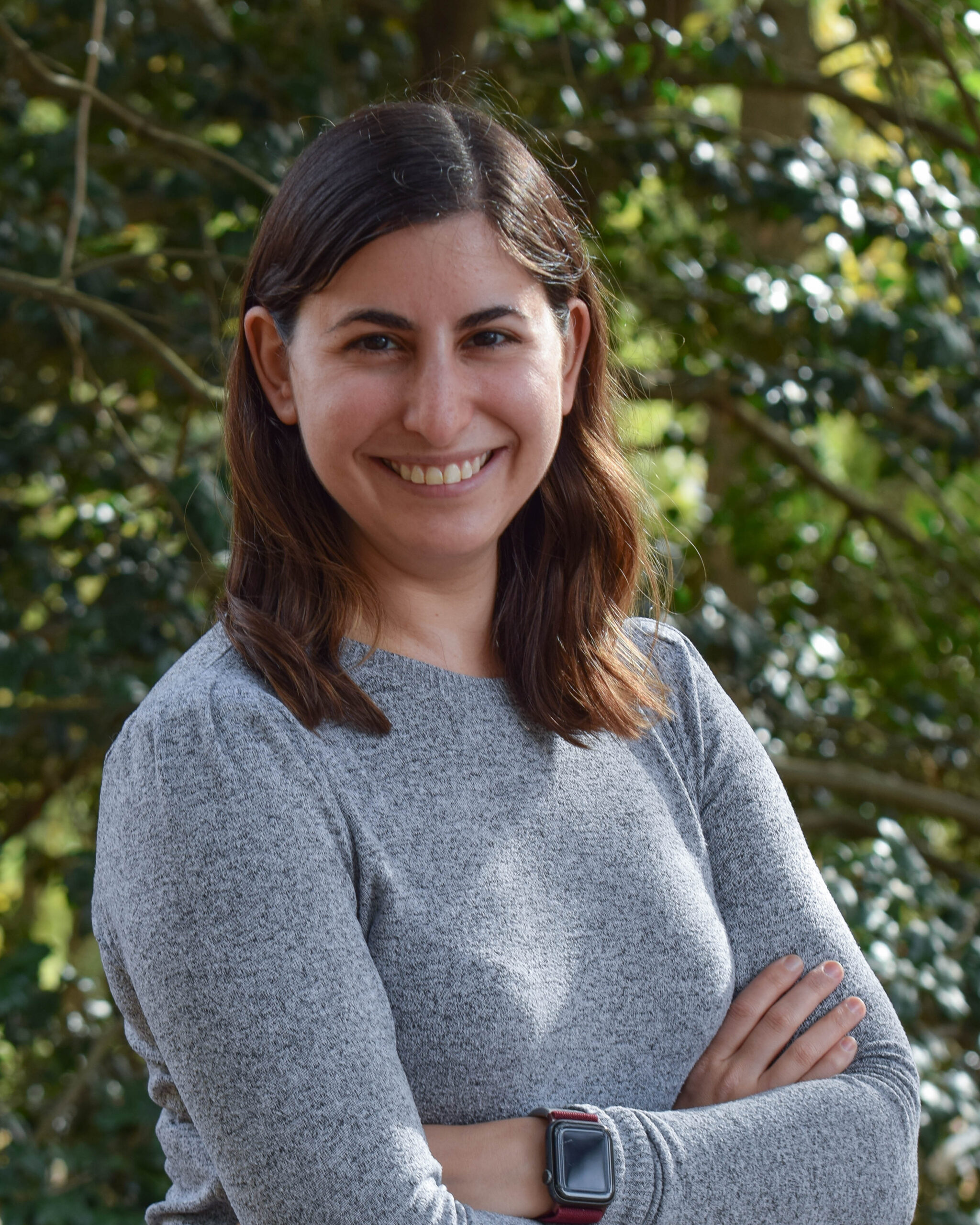Autism Spectrum Disorder, abbreviated as ASD or known simply as autism, is a type of neurodevelopmental disorder. It is characterized by difficulties with social communication and restricted or repetitive patterns of behavior, interests, or activities. As the name suggests, autism is gauged on a spectrum, meaning there is a lot of variation in its appearance and nuances involved in the diagnosis. Each case is unique, and individuals with autism may present very differently from one another.
There is no clear-cut presentation of autism, which often gives way to general misconceptions that can be difficult to dispel. To gain an accurate understanding of this disorder, it is important to clarify some of the basics.
What exactly is a neurodevelopmental disorder?
ASD is one of several neurodevelopmental disorders. These disorders begin during the early developmental period and consequently impact daily functioning in social, personal, academic, or occupational realms. Symptoms start to appear before the child enters grade school, but may not be fully apparent until social demands start to exceed the child’s capabilities.
How common is ASD?
Recent research shows that approximately 1 in 54 children in the USA have a diagnosis of ASD. That rate is higher in New Jersey, where 1 in 32 children have a diagnosis. There are a few reasons as to why that may be. Studies have shown that the high rate of ASD in NJ is likely due to the fact that providers in the area are very good at diagnosing this disorder. Additionally, people in NJ also have more access to diagnostic services than in other states, so more children are being evaluated for autism. Families in other states may also lack access to specialists, so a number of ASD cases across the country may go undiagnosed.
I’ve heard of diagnoses that I thought were related to ASD, like Autistic Disorder, Asperger’s, or Pervasive Developmental Disorder. What’s the difference?
Psychology is a science, and as is the case with all fields of science, we adapt our approach as we learn more. While these used to be distinct diagnoses, experts came to realize that they were closely related. Together these diagnoses comprise a sort of continuum, or spectrum, of impairments with the same underlying issues and so were consolidated under the ASD category about a decade ago.
A common saying in the field that reflects this idea is “if you’ve met one person with autism, then you’ve met one person with autism.” In other words, each autism case is unique. Since it is a spectrum, two people can have the same diagnosis but present very differently.
What does it mean to have difficulties with social communication?
Social communication refers to a number of different skills that are involved in communicating and interacting with others. Individuals with ASD often have difficulties with the following:
- Nonverbal Communication. Some examples include making eye contact with another person while talking, using or understanding body language and facial expressions, and using and understanding gestures.
- Relationship Skills. This pertains to the way that some individuals adjust their behavior based on different social contexts. While some children may adapt their behavior to suit a school or home environment as appropriate, those diagnosed with ASD may have more difficulty doing so. Other related activities include engaging in pretend play and the ability to make friends.
- Social Interaction. This is the “back-and-forth” part of interacting with others. When it comes to taking turns talking, initiating conversation or responding to others, or appropriately sharing emotions or interests, those with ASD may have difficulty picking up on these social cues.
What are some examples of restricted or repetitive patterns of behavior, interests, or activities?
Individuals with ASD may exhibit repetitive motor movements, speech, or use of objects. This might look like repeating the same phrase or words over and over, lining up toys the same way, or engaging in repetitive movements that don’t seem to have a purpose. This may be coupled with an insistence on sameness, difficulties with change in routine, or needing to perform activities (e.g. eating a meal, greeting a friend) the same way every time.
Additionally, those with ASD may have very restricted and fixated interests that are abnormally intense or focused. An overactive or underactive sensitivity to sensory input (e.g. pain, lights, sound) or unusual interest in sensory aspects of the environment may also be present.
ASD Assessment and Diagnosis
Many providers can diagnose ASD, including psychologists, psychiatrists, pediatricians, and neurologists. However, there is no singular gene or one biological marker to indicate ASD, so there is no medical test used to make a diagnosis. Instead, individuals will undergo an assessment to make this determination. This will look different depending on the provider, with assessments ranging from a few minutes to a few hours. For an accurate and informed diagnosis, we recommend that individuals and families pursue a comprehensive evaluation that includes the two gold-standard assessments for diagnosing autism: the Autism Diagnostic Observation Schedule (ADOS) and the Autism Diagnostic Interview-Revised (ADI-R).
The ADOS is a structured assessment that involves observing and interacting with the child in different ways. The clinician engages the child in a variety of activities and scenarios that are specifically designed to assess skills that are often difficult for children with ASD. At the end of the assessment, a standardized score for ASD symptoms will provide information regarding accurate diagnosis.
The ADI-R is an extensive and detailed caregiver interview that asks questions to help the clinician to assess for autism. Questions are designed to give the clinician a good understanding of the child’s social interaction skills, difficulties with communication, and routines or repetitive behaviors that the child engages in.
Treatment and Support for ASD
The symptoms outlined in this article can present as social, academic, and behavioral challenges that can be frustrating or difficult to manage. If you notice your child struggling with these challenges and suspect that they may have ASD, consider seeking an evaluation for an appropriate diagnosis. Your pediatrician, school counselor, or other medical provider can help point you in the direction of someone who would be able to conduct a comprehensive assessment. For continued support, you may also consider either ABA or CBT therapy to teach or improve on a variety of skills and manage challenging behavior. With the proper diagnosis and support, children with ASD can thrive and reach their full potential.


